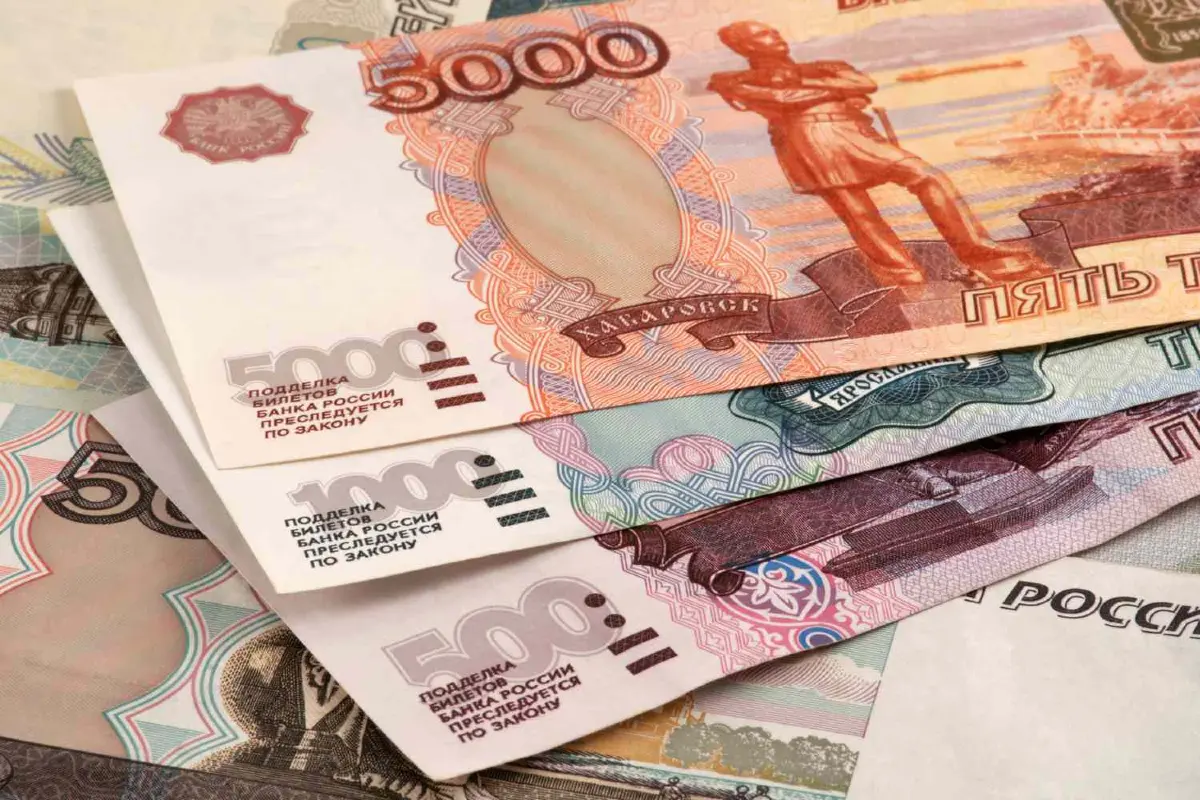Decoding Rub Rankings

Story Highlights
- RUB rankings reveal Russia’s economic health through its currency’s performance.
- Oil prices, political climate, and central bank actions all impact the Ruble’s ranking.
- Understanding RUB rankings is crucial for investors, traders, and economists to navigate the financial landscape.
Forget currency exchange rates, there’s a new metric in town – RUB rankings. This ranking system reflects the Russian Ruble’s performance against a basket of global currencies, offering a fascinating report card on Russia’s economic health.
Oil: The Fuel for the Ruble’s Rise and Fall
Russia’s oil dependency is a double-edged sword. Soaring oil prices send the Ruble climbing the ranking ladder, as Russia’s export earnings overflow. But a slump in oil prices can cause a dramatic tumble down the rankings, weakening the Ruble.
Geopolitical Jitters
Political tensions and international sanctions can send the Ruble on a wild ride. Investor confidence takes a nosedive when political storms hit, causing the Ruble to plummet in the rankings.

The Central Bank’s Balancing Act
The Central Bank of Russia has a powerful tool in its arsenal – monetary policy. By adjusting interest rates, they can influence the Ruble’s ranking. Higher rates attract investment, strengthening the Ruble, while lower rates stimulate borrowing and weaken it.
RUB Rankings
For those navigating the currency markets, Russian Rubble rankings are more than just a number. They’re a compass guiding investment decisions. A strong Ruble suggests a stable Russian economy with growth potential, enticing investors to buy Russian assets. Conversely, a weak Ruble could indicate economic challenges, creating opportunities for currency traders to capitalize on its fluctuations.
The Ruble’s journey is rarely smooth sailing. But fear not, investors and traders! Tools like futures contracts, options, and exchange-traded funds (ETFs) focused on Russian assets can help manage exposure to these fluctuations. These instruments act as hedges, mitigating the risks associated with the Ruble’s volatility.
Economists also find the rankings valuable. By analyzing these rankings, they can assess the health of the Russian economy relative to the global market. It helps them evaluate the effectiveness of Russia’s economic policies, understand how international relations impact its economy, and measure its resilience against global economic shifts.
The Future of the Ruble
Predicting the future trajectory of the RUB is no easy feat. It’s a complex game influenced by a multitude of factors, like oil prices, geopolitics, and emerging trends. The rise of digital currencies, shifts in global trade patterns, and environmental policies will all play a role. To navigate this ever-evolving landscape, investors and analysts must be adaptable and stay informed.
the rankings provide a unique perspective on the Russian economy and its place in the global financial system. Understanding the factors that influence these rankings empowers investors, traders, and economists to make informed decisions. As the world continues to evolve, keeping a close eye on the RUB rankings will be crucial for navigating the complexities of international finance and crafting effective investment strategies.

